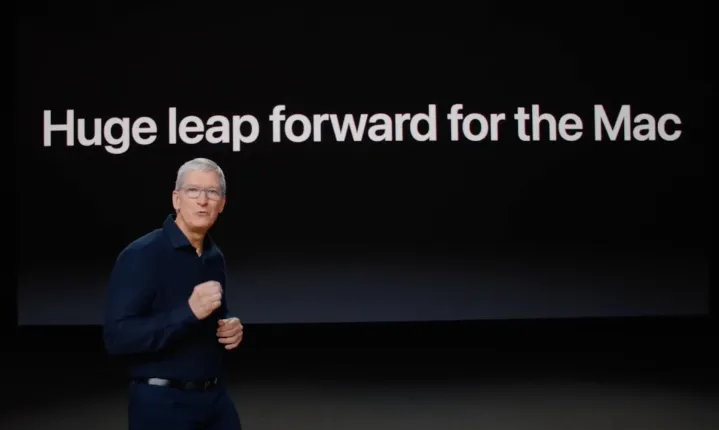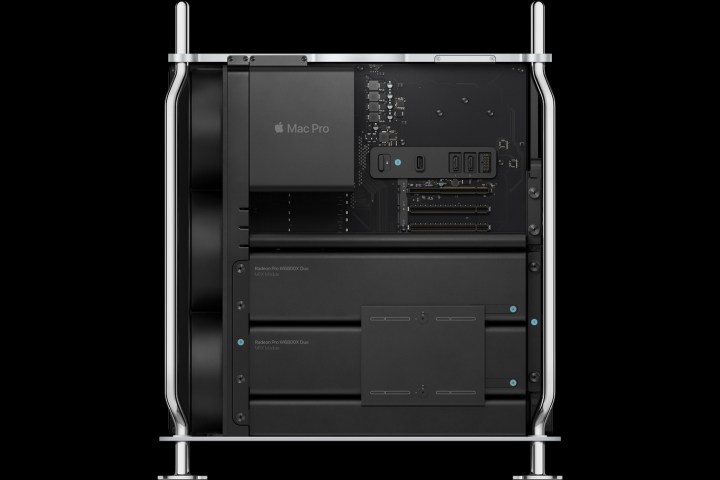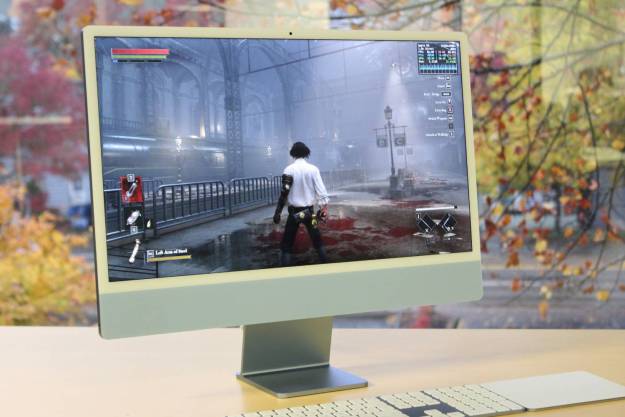“About two years.”
Those were the exact words used by Tim Cook at WWDC 2020 when describing the monumental effort of transitioning its entire line of Macs from Intel to Apple Silicon. A two-year transition seemed extremely ambitious at the time. ARM-based computers, outside of the world of mobile devices, were largely unproven up to this point.

Microsoft infamously attempted to transition to ARM on Windows PCs in the Windows 8 era, and we all know how that went. I never thought Apple would make a mistake that large with its own transition, but the company certainly had a Herculean effort ahead of it. The idea of Apple not only replicating the performance of something like a MacBook Air on ARM seemed possible, but more performant devices like the MacBook Pro? That felt different.
And yet, they pulled it off. In the past two years, the MacBook Air, the MacBook Pro, the Mac Mini, and even the iMac have all been transitioned to Apple Silicon — to great success. Apple even added the Mac Studio to the lineup earlier this year as an entirely new product.
There’s still one major Mac missing. The Mac Pro.
But over two years from the launch of the first Apple Silicon Macs in October of 2020, there’s still one major Mac missing. The Mac Pro. There’s certainly a case to be made that the 27-inch iMac is still missing, too, but Apple seems to have replaced the higher-powered 27-inch iMac with the Mac Studio when combined with the Studio Display.
But there’s no question that the Mac Pro is just straight missing. And according to the latest rumors, there are no other launch events scheduled for the rest of the year, meaning the updated Mac Pro may be many, many months away. Sure, there’s still a chance Apple could surprise-launch the Mac Pro in December, but don’t count on it.
The delay is made stranger by the fact that Apple deliberately called out this fact at an event earlier this year. In talking about the Mac Studio, head of hardware engineering at Apple, John Ternus, said this: “They join the rest of our incredible Mac lineup with Apple Silicon, making our transition nearly complete, with just one more product to go: the Mac Pro. But that is for another day.”

That certainly sounded like the Mac Pro was in the works for an event later in 2022 — possibly at WWDC or maybe in the fall. But with 2022 nearly over, the Mac Pro remains powered by an old-school Intel Xeon processor. Heck, Apple even made direct performance comparisons between the Intel-powered Mac Pro and the M1 Ultra Mac Studio. It may end up being over a year from when Apple name-dropped the Mac Pro last until that product is finally updated.
To be fair, Apple happened to choose a particularly turbulent couple of years to complete its transition. Supply shortages plagued most of the industry for the past two years, and it appears that many of the planned updates for 2022 didn’t pan out.
Regardless, it’s fitting for Apple to have saved the Mac Pro for last, of course. It’s the most powerful Mac in the lineup, and would be the ultimate showcase of what Apple can do with ARM chips. But it’s also been delayed, leaving onlookers curious about how Apple will eventually tackle this behemoth of a desktop. Lots of questions remain, but we’re still waiting to see how the company completes its transition to Apple Silicon, and in many ways, the final piece of the puzzle will be the most important.
Editors' Recommendations
- Apple already has its next big chip, but you may never see it
- All the ways Intel Macs are still better than Apple Silicon Macs
- 40 years ago today, Apple launched something as audacious as the Vision Pro
- Here’s why 2024 is going to be a slow year for the Mac
- 6 upcoming products that will make 2024 a huge year for Apple


